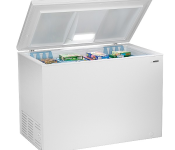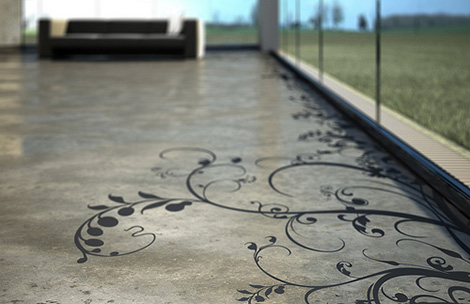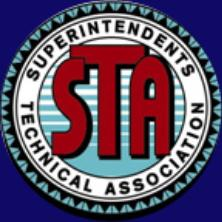Equipment Maintenance: Enerjet Boilers
This is really to help my memory than a functional post that explains functionality.Â
From time to time, it’s a good idea to flush the heating system – not only will this reduce (or temporarily eliminate) the amount of gurgling and noise when the heat goes on, it will also save you a few bucks on gas.
These are the steps taken to drain the water from our Enerjet powered heating system (this is not from any documentation supplied by Enerjet and gleaned only via experience — if you’re not sure what you’re doing, it’s best to call a plumber):
You will need to know which way the water is flowing through your heating system prior to doing anything. If you’re not sure where the water in the system is coming from and where it’s going, again call a plumber.
-
There will be a few spigots on and near that allow you to drain water from the system. To drain the pipes in the heating system, hook a hose up to the spigot that’s installed between where the hot water leaves the boiler and enters the heating pipes.
-
Next, close the ball valve (typically just before the spigot) that normally allows water to pass through into the heating system.
-
Open the spigot that has the hose attached to it, allowing water to pass through and drain through the hose.
-
Flip the pressure valve “up” or open the system up to receive water from the city water system.
When finished follow these steps from 4-1 to get everything back to normal.









excellent…now we may remember it!